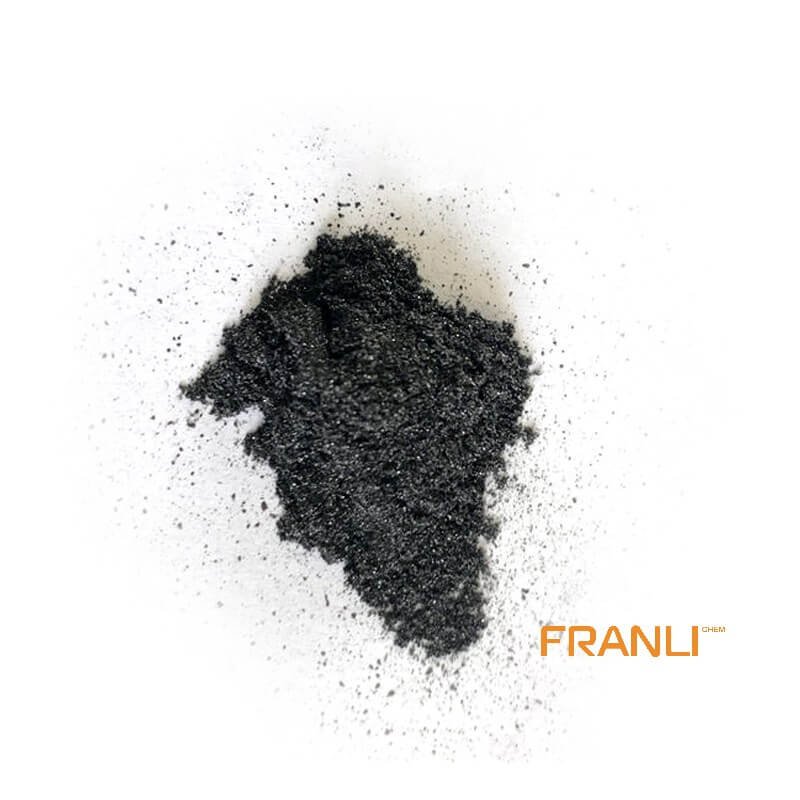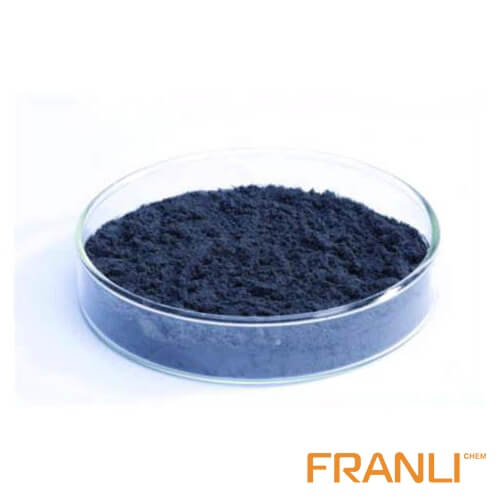


Expandable Graphite
Size
0.50mm or 0.106mm, etc
Package
25 kg small bags into ton bags
Origin
China
Features
Preservative/Electrical and thermal conductivity, etc.
Application
Fireproof sealing element, flame retardant, refractory brick, etc.
Expandable graphite crystal is a typical layered carbon material. Other heterogeneous particles such as atoms, molecules, ions, and even atomic clusters are inserted into the interlayer of crystalline graphite by physical or chemical methods to form a new layered compound, which is called graphite interlayer compound, namely expandable graphite.
Request a quoteExpandable graphite is treated with an intercalation agent, which causes it to expand and become soft and flexible when exposed to heat. The intercalation process involves inserting molecules or ions in between the layers of graphite, increasing the distance between them and making it easier for them to slide apart.
Due to its unique properties. It is made by treating natural graphite flakes with intercalation agents that cause the layers of graphite to expand or separate. As a result, the graphite becomes highly porous, lightweight, and flexible, making it an ideal material for flame retardant.

Expandable graphite’s excellent property | High flame retardant
Expandable graphite is widely used as a flame retardant in various industries, including construction, textiles, and electronics. When exposed to fire, the expandable graphite expands and forms a protective barrier that slows down the spread of flames and helps prevent the material from catching fire.
It is highly resistant to heat and flame. It has a high melting point and does not burn or emit toxic fumes when exposed to fire. This makes it a popular choice for use in applications where fire safety is a concern, such as in the aerospace and automotive industries.
In addition to that, one of the main advantages of expandable graphite is its ability to form a tight seal that is impervious to gases and liquids. It can be formed into gaskets, seals, and packing for use in a wide range of industrial and commercial applications. Unlike traditional sealants, expandable graphite can conform to irregular surfaces, making it an effective solution for sealing complex components.
Unique properties of expandable graphite
Overall, expandable graphite is widely used as a flame retardant and versatile and reliable sealing material that offers numerous benefits over traditional sealants. Its unique properties make it an ideal choice for a wide range of applications, from automotive engines to high-pressure pipelines.



